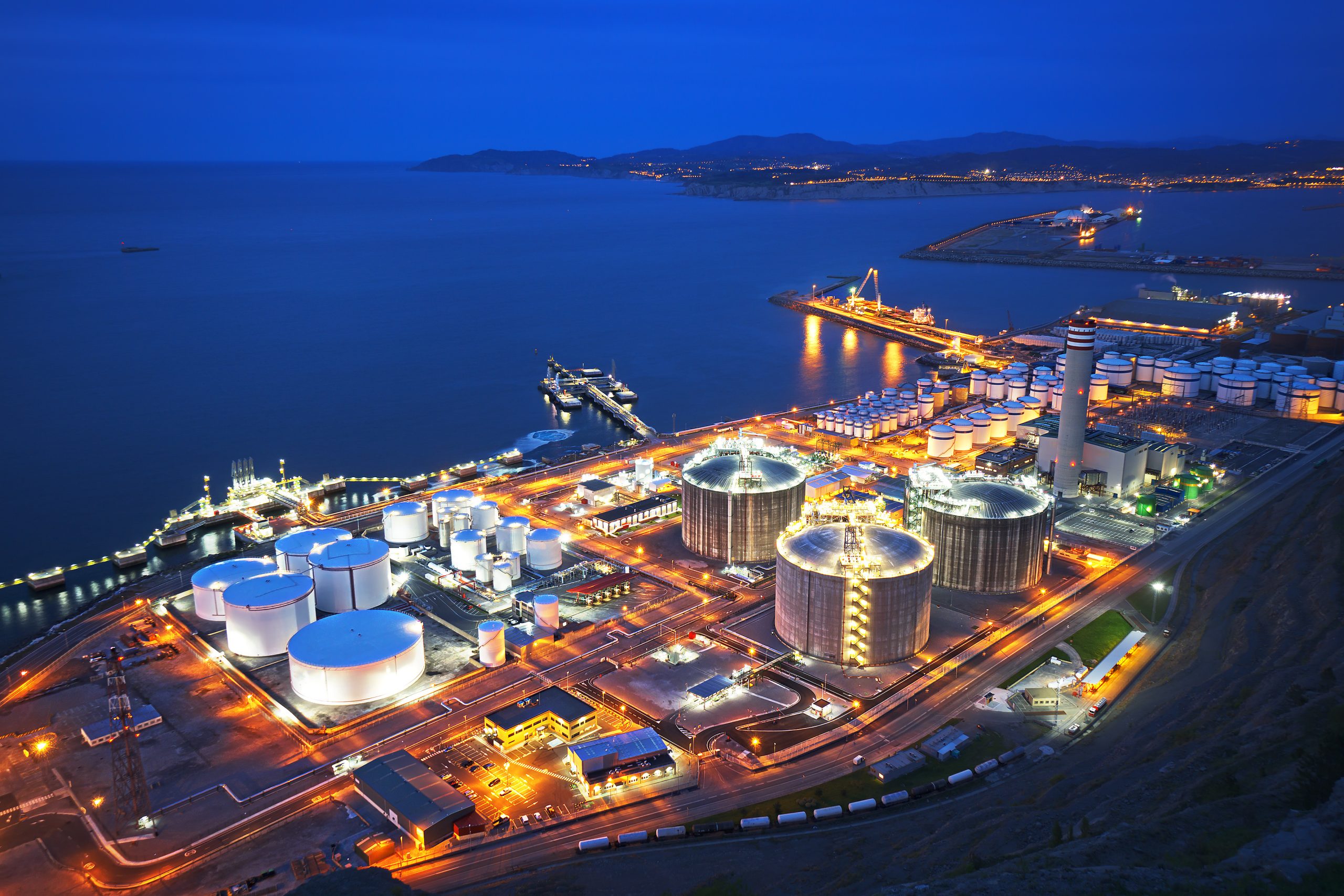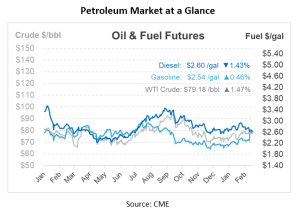
What’s That Wednesday: Barge
Global logistics of fuel transportation is an intricate process, especially when moving bulk commodities across the supply chain. Harnessing their design to maximize cargo volume and minimize environmental impact, barges are engineered to distribute fuel in calmer waters. Beyond their operational advantages, barges operate within a complex regulatory framework, notably influenced by the Jones Act—a piece of legislation that shapes the very fabric of maritime commerce in the United States. This article explains the multifaceted world of barge transportation, exploring their design, operational efficiency, environmental considerations, and the regulatory landscape under the Jones Act, to unveil how these vessels support the seamless flow of fuel across waterways and impact the broader energy landscape.
What is a Barge?
A barge is a flat-bottomed marine vessel designed for transporting goods through rivers and canals. Unlike ships that traverse the open sea, barges are specifically built to navigate inland waterways, making them an ideal choice for transporting heavy or bulky commodities, including fuel. Barges can be self-propelled or towed by towboats, and they come in various sizes to accommodate different cargo volumes.

The Role of Barges in Fuel Transportation
Barges are known for their exceptional cargo capacity, which allows them to transport large volumes of fuel in a single voyage. This high efficiency reduces transportation costs and minimizes the environmental impact compared to road or rail transport. A single barge can carry the equivalent of several truckloads, reducing the number of trips required to move the same amount of fuel. Their ability to carry large quantities ensures that fuel supplies remain consistent, even in the face of logistical challenges or increased demand.
The efficiency and capacity of barges help keep transportation costs low, which can translate to more stable fuel prices for end users. By optimizing fuel distribution, barges play a critical role in maintaining a reliable and cost-effective supply chain.
Waterway transport is one of the safest means of transporting hazardous materials like fuel. Barges are designed with safety in mind, equipped with double hulls that prevent leaks and spills. The risk of accidents is lower on waterways than on congested roadways, making barges a reliable option for fuel transport.
Environmental Impact
Barge transportation is more fuel-efficient and produces fewer emissions per ton-mile than road and rail. By using waterways, barges help reduce congestion on highways and railroads, contributing to lower greenhouse gas emissions and a smaller carbon footprint for the fuel transportation sector. End users increasingly prefer environmentally responsible sources for their energy needs. The lower emissions and reduced ecological footprint associated with barge transportation align with the growing demand for sustainable energy logistics.
The Jones Act
The Jones Act, formally known as the Merchant Marine Act of 1920, is a fundamental piece of U.S. legislation that significantly impacts maritime commerce, including the transportation of fuel by barge within the United States. The Jones Act mandates that all goods transported by water between U.S. ports must be carried in U.S.-flagged vessels. This means that barges engaged in domestic fuel transportation must be registered in the United States. Vessels must also be owned by U.S. citizens or U.S.-based corporations. This provision ensures that the domestic maritime industry remains under American control, impacting who can operate barges that transport fuel between U.S. ports.
Perhaps one of the most significant aspects of the Jones Act for the barge industry is the requirement that all vessels engaged in domestic trade must be built in the United States. This provision aims to support the U.S. shipbuilding industry but can also lead to higher construction and repair costs for fuel transportation barges compared to those built in countries with lower labor costs.
OMS, part of Mansfield Service Partners, specializes in providing fuel service options for fleets over brown and blue water. OMS offers midstream services, bringing a tug and barge to the location of the vessel for fueling. Contact our OMS team today to learn more about our marine operations.

This article is part of Daily Market News & Insights
Tagged:
MARKET CONDITION REPORT - DISCLAIMER
The information contained herein is derived from sources believed to be reliable; however, this information is not guaranteed as to its accuracy or completeness. Furthermore, no responsibility is assumed for use of this material and no express or implied warranties or guarantees are made. This material and any view or comment expressed herein are provided for informational purposes only and should not be construed in any way as an inducement or recommendation to buy or sell products, commodity futures or options contracts.





